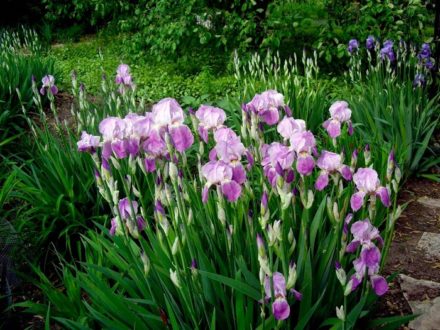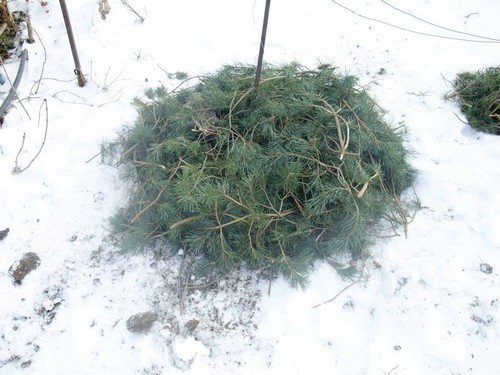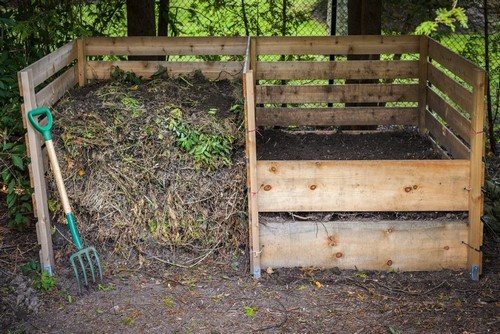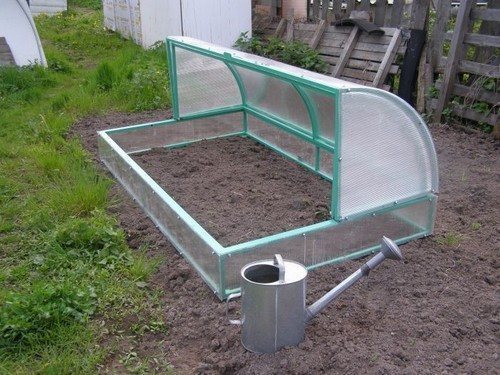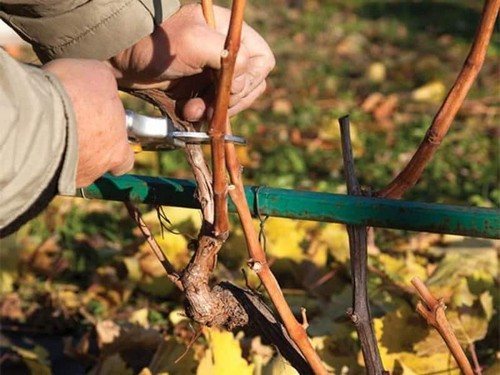Irises are an unpretentious plant that amazes with its variety of shapes and colors. Many gardeners do not take any measures before overwintering the plant. But this is completely wrong. Winter-hardy varieties can survive frosts without much loss, but there are varieties of these plants that differ in sensitivity to adverse conditions. In order to achieve rapid acclimatization and lush flowering, you should provide the irises with the necessary care.
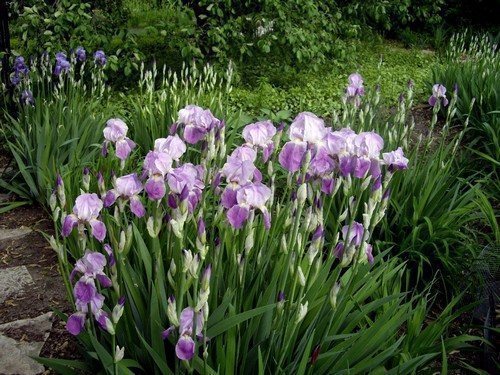
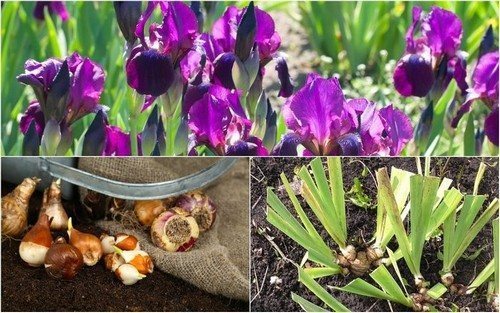
Preparing plants for winter
Carefully loosen the soil between the rows, trying not to damage the roots. Also, after removing the dry parts of the plant, the upper part of the irises is treated with fungicides.
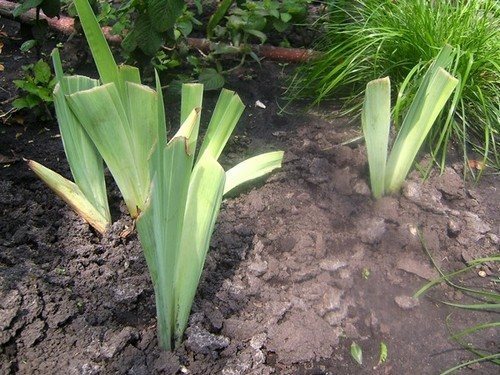
Proper feeding
Any mineral complexes that do not contain nitrogen are suitable for subcortex. This substance stimulates growth. The fertilizer should include phosphorus, which promotes root growth, and potassium to protect the iris from temperature changes and increase the plant's resistance to various diseases. For one m2 use no more than 40 g.

You should not use manure as fertilizer, as irises do not tolerate it well. Ammonia contained in manure can cause the plant to freeze. From organic fertilizers, you can add humus that has lain for at least two years, or compost. You can also use a solution of wood ash as a fertilizer.

If irises form a large amount of greenery, but do not produce flower stalks, then the soil in the area has begun to acidify. To solve this problem, phosphorus flour is added. This must be done in the fall. Feeding with phosphorus flour is done every 2 or 3 years.
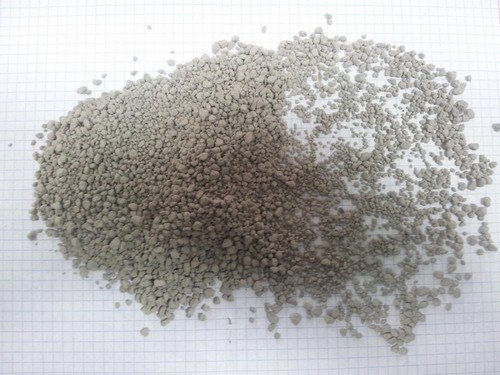
Planting or transplanting bulbs and rhizomes to another location
This plant can be replanted in early spring, but autumn replanting will ensure more abundant and lush flowering next season.
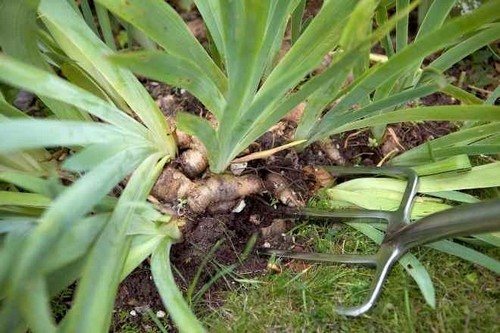
First of all, you should choose a convenient place for the irises. The most successful area will be one with good lighting and free access of air. It is unacceptable to select a place with strong drafts, since air currents will break flower stalks with large and heavy buds. It is also worth paying attention to the composition of the soil. Iris does not like stagnant moisture and soils with a high level of density, so you should choose a place on a small hill and ensure good drainage.
After all the leaves have dried, it is time to start replanting. All the bulbs are dug up, cleaned from the ground, young children are separated and dried well. They should also be cleaned of dead parts and disinfected. Irises that are rhizomatous varieties are replanted in the same way.

The time to plant iris bulbs is late September or early October. Young plants will form a root system, but will not have time to grow. Bulbs or rhizomes should be planted so that the root collar is located above the soil.
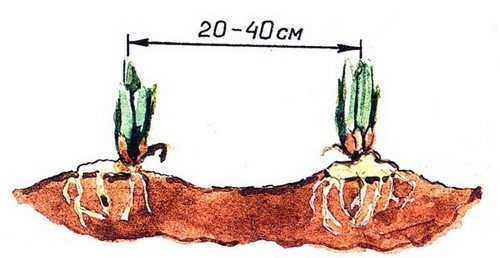
Sheltering the plant for the winter
A very important condition for successful wintering is that the covering material should not contain moisture. Otherwise, the bulbs or rhizomes will dry out or get wet.As a material for shelter, you can use pine, spruce branches or dry oak leaves. Dry peat is poured over the rhizomes, and then sprinkled with leaves or spruce branches. Instead of peat, you can use soil from the garden.
The shelter should be removed only when the threat of repeated frosts has disappeared. In order to provide young shoots with access to oxygen, you can carefully stir the shelter in early spring.
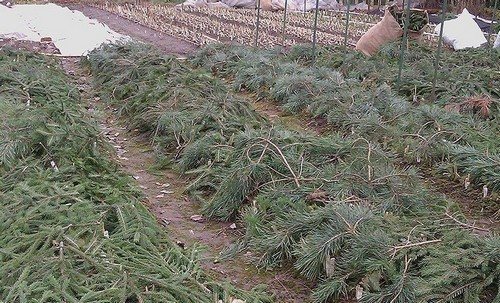
Cover varieties of irises that have a low level of frost resistance, as well as bulbs and rhizomes that have recently been replanted. If such actions do not help, and some varieties still freeze, then they should be dug up for the winter and stored like gladioli bulbs.
Pruning irises
In order not to spread various types of diseases or pests on the site, plants should be pruned for the winter. To do this, remove all dried and rotten ground parts, and cut off the leaves at a height of 10-15 cm from the soil surface. All dry parts are burned off-site. The green part is cut off as late as possible, before the onset of frost, so that the plant can accumulate as many useful substances as possible.
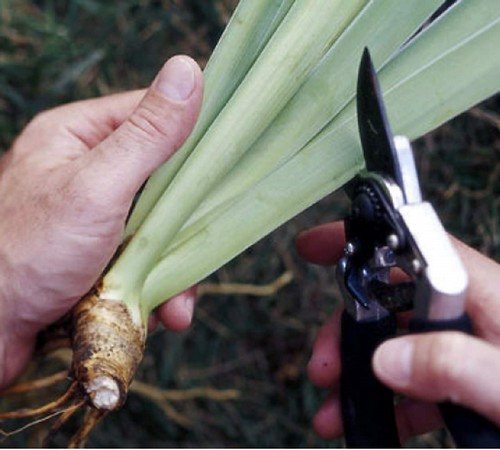
The time for pruning irises depends on the characteristics of the region. This should be done before the onset of frost. You can also prune plants during the rainy season.
If all steps to prepare for winter have been carried out correctly, then in the spring the plants will quickly grow and will delight you with abundant flowering. The unpretentiousness and variety of varieties make the iris a welcome guest in every flower garden.


